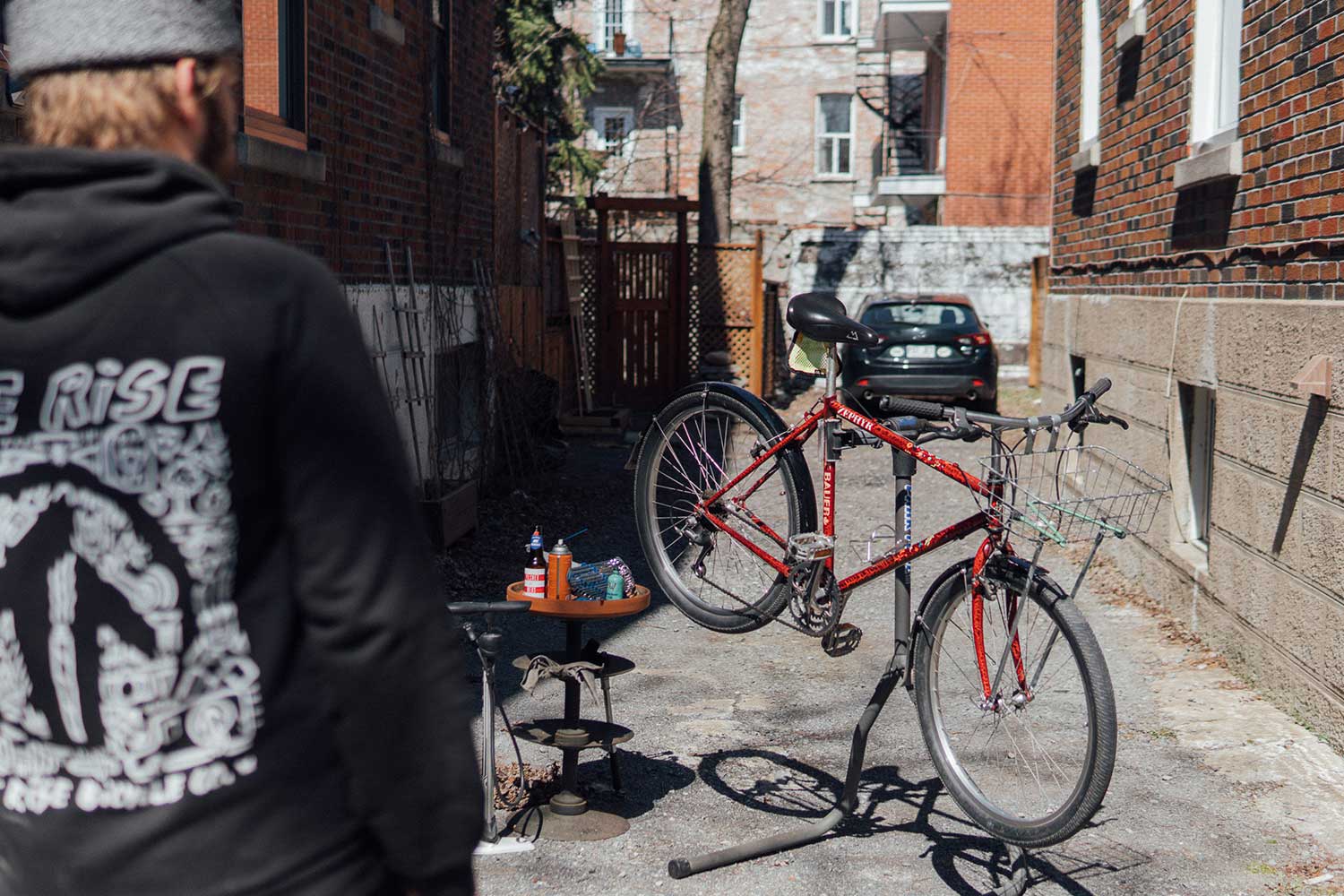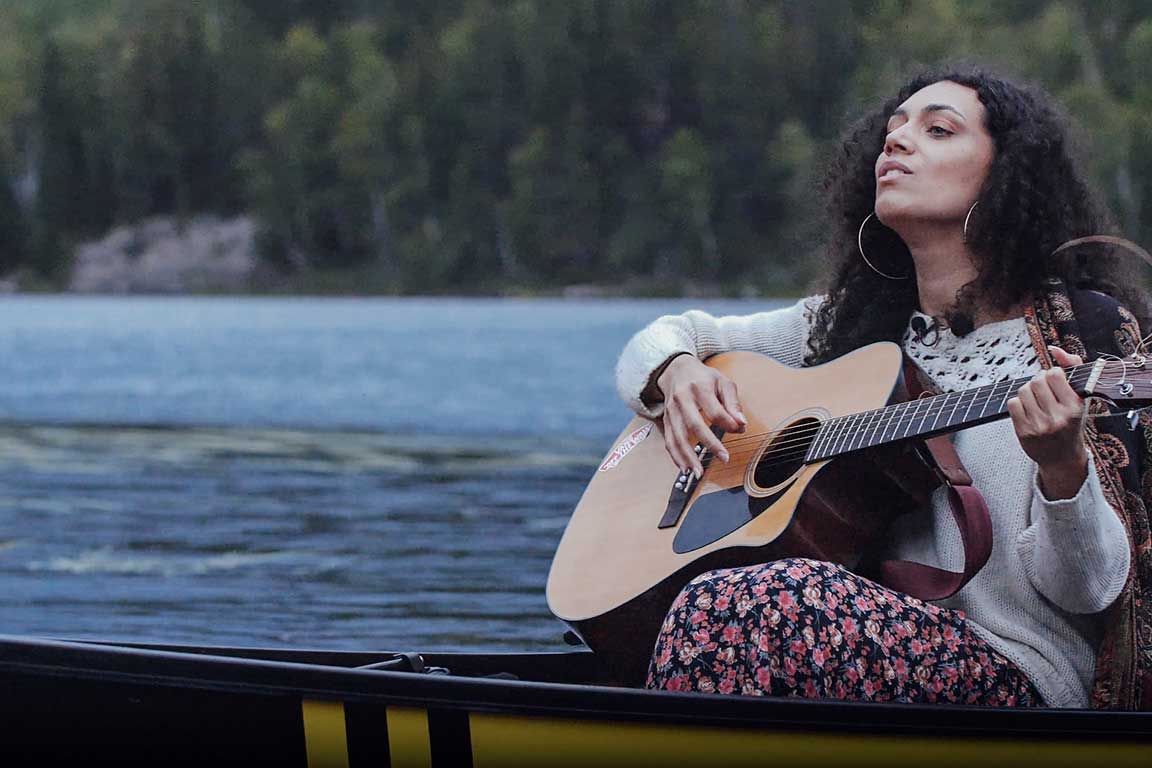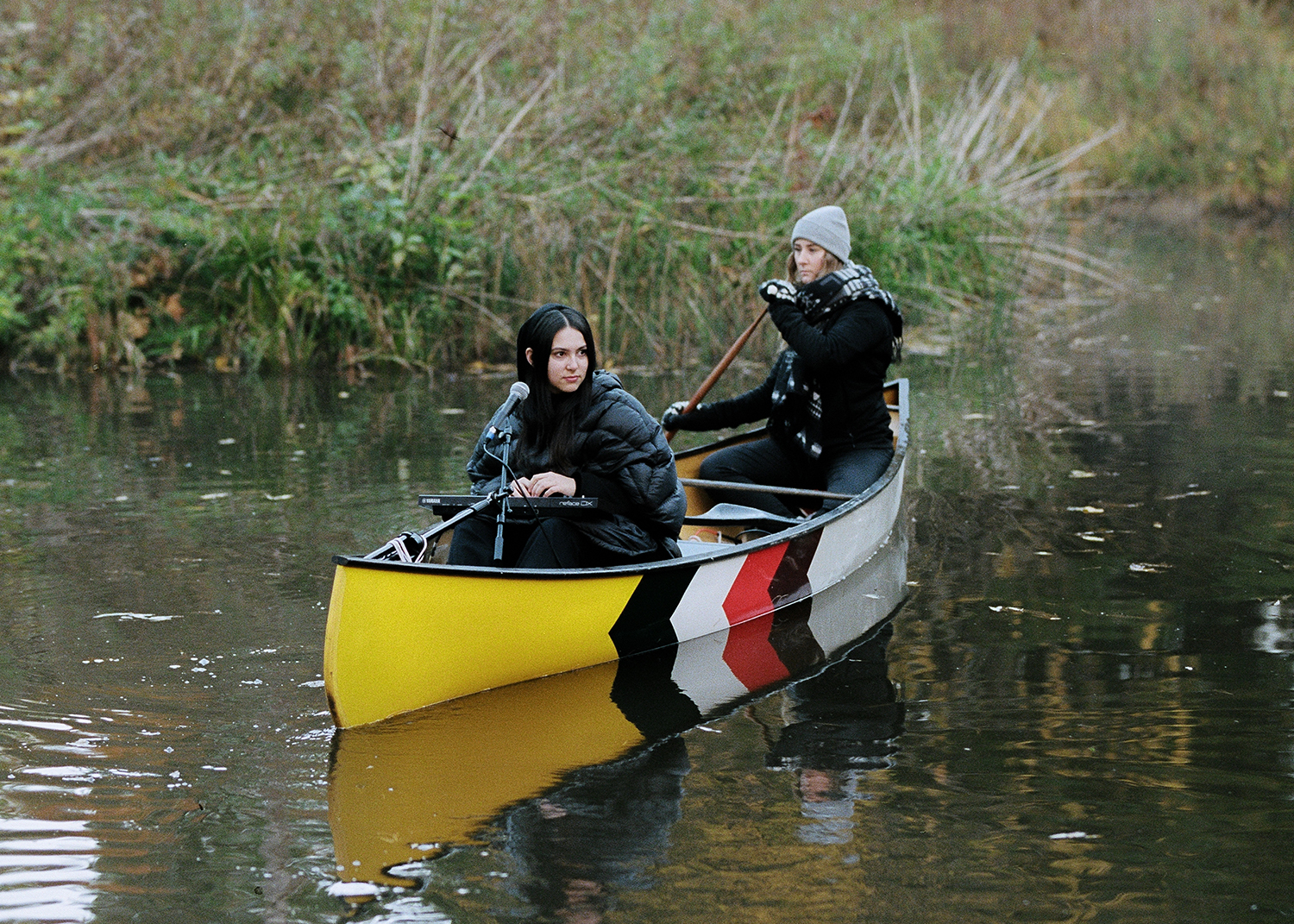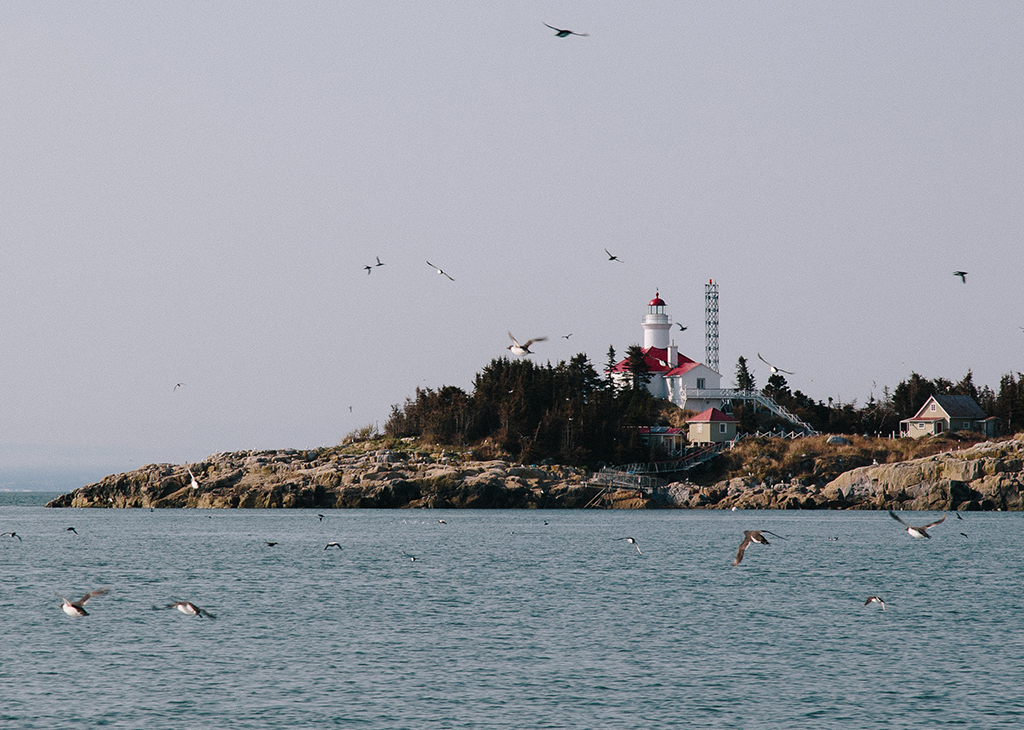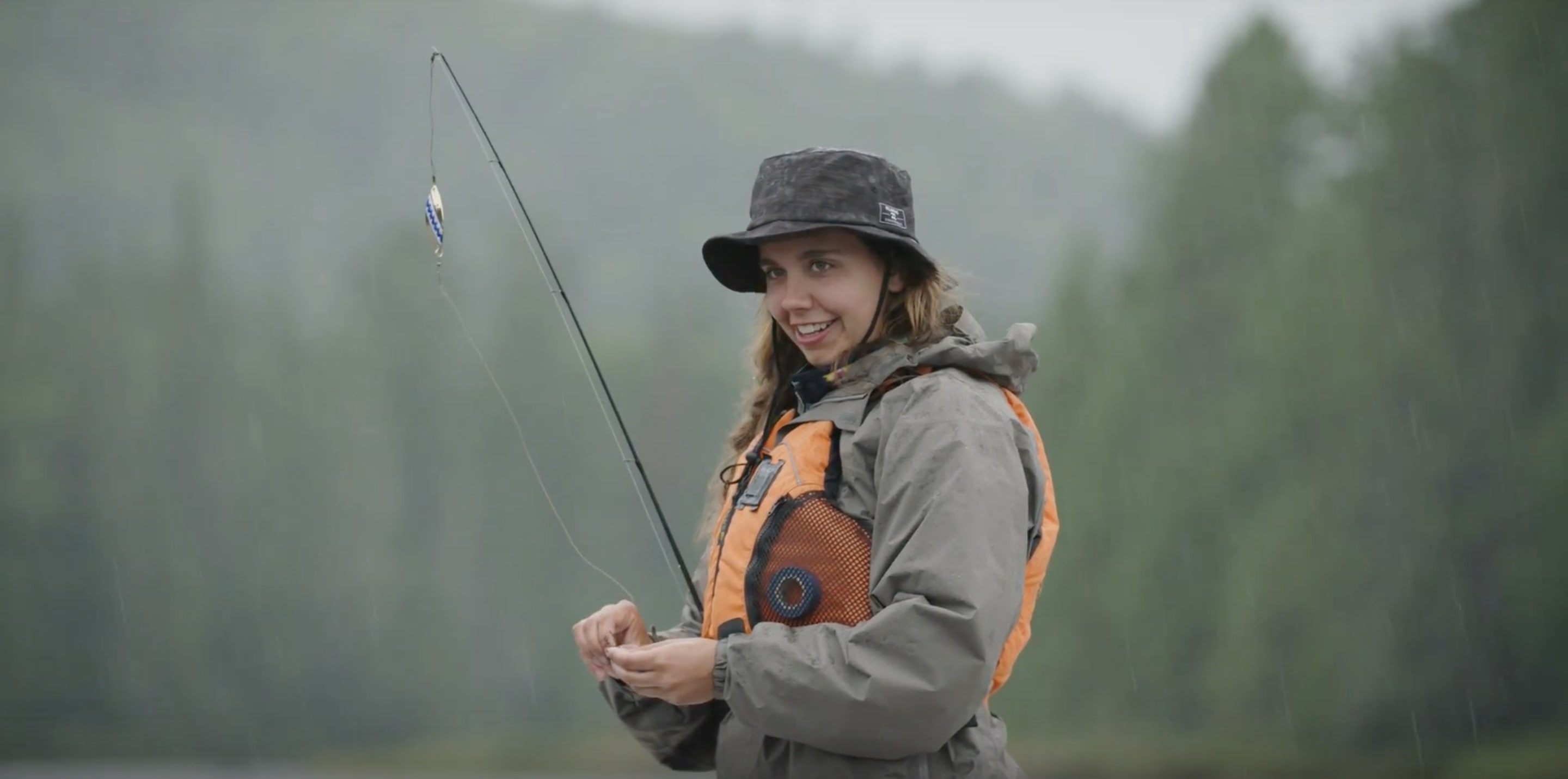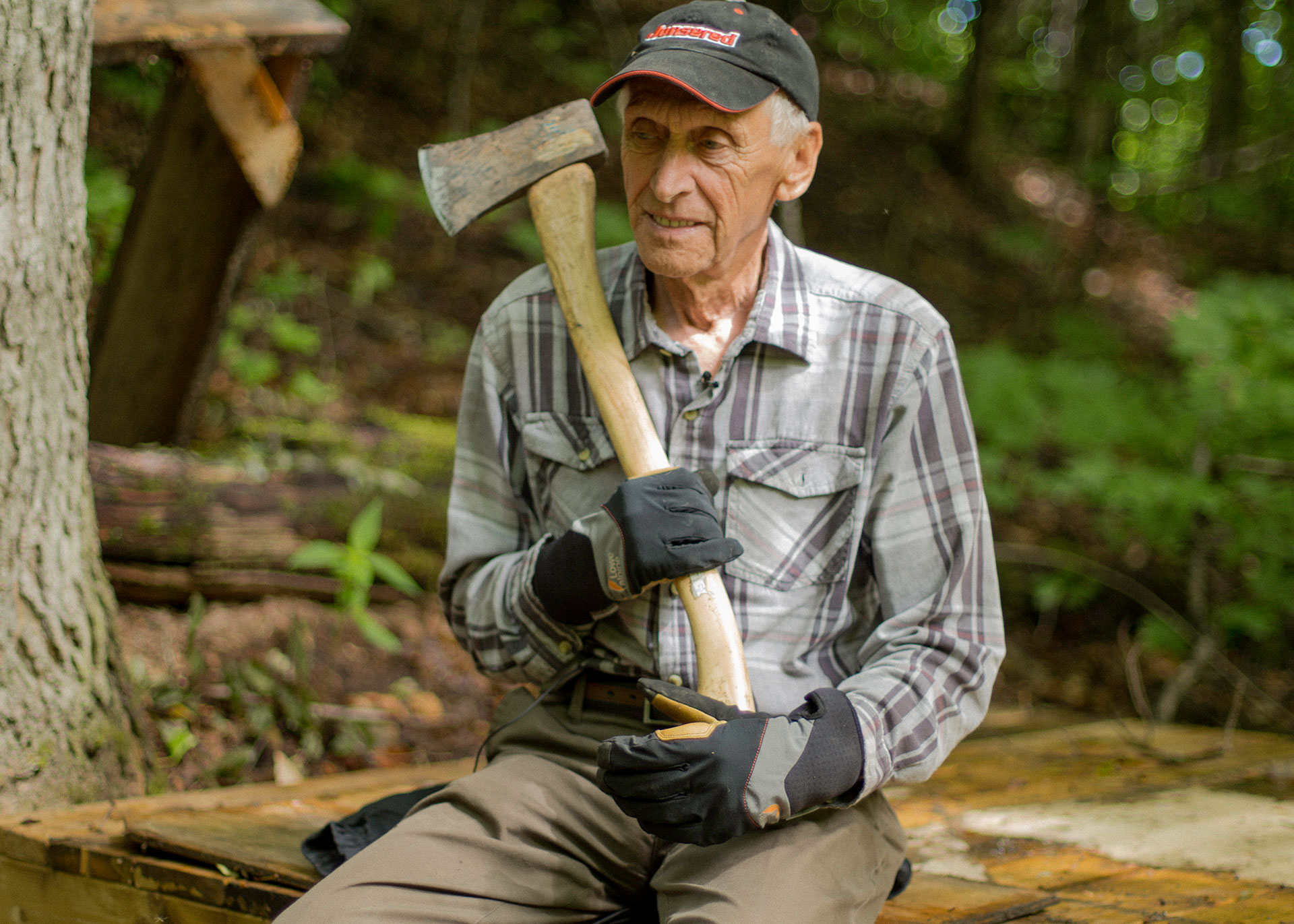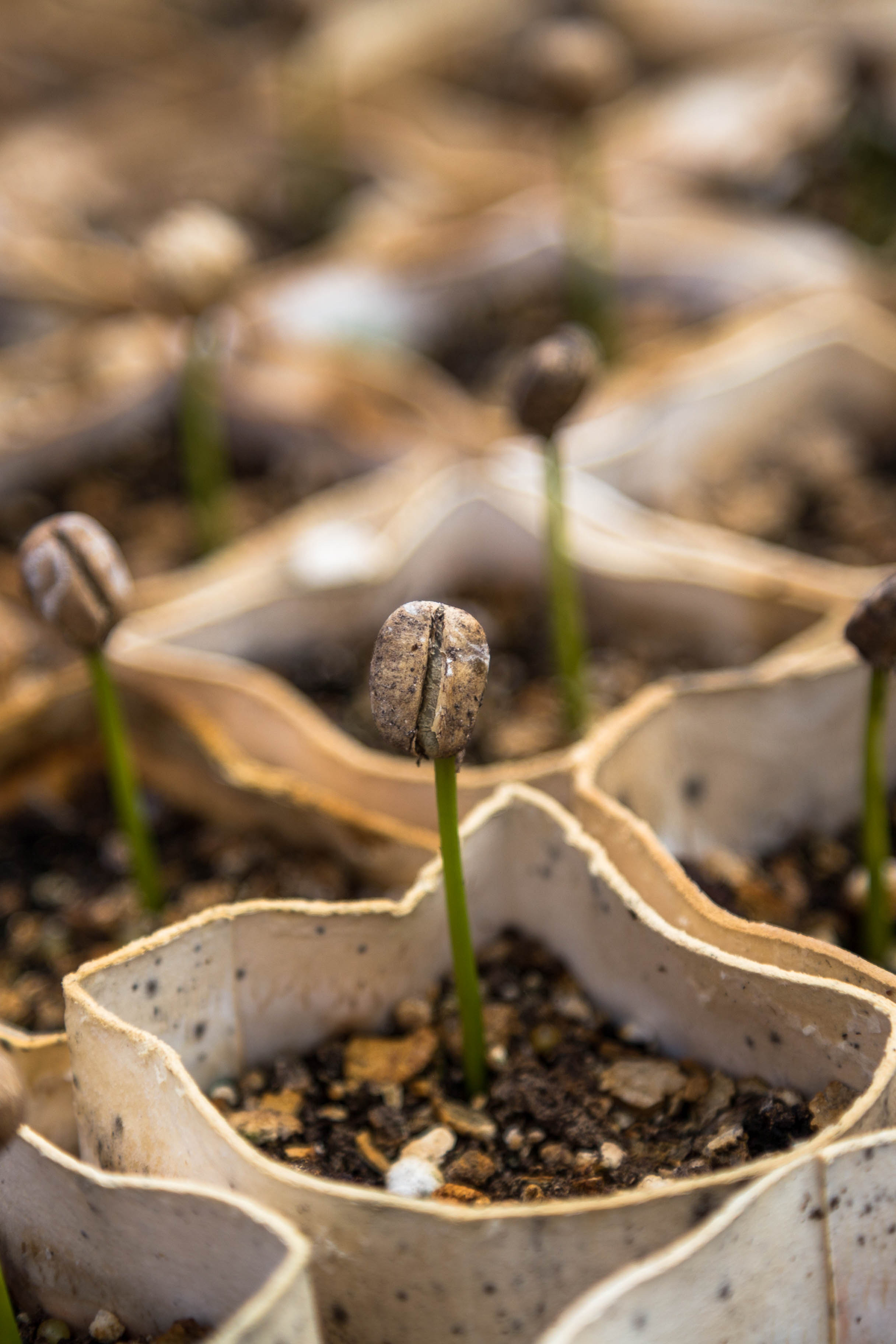New Narratives
Living the Van Life: What You Need to Know
Over chocolate fondue, Dominic and Mariepier take up a new challenge: converting an old delivery truck and living in it. The couple describe how vanlife, that unimpeachable Instagram trend, quickly leads to its own share of contradictions.
“That’s some serious hippy business, this project of yours.”
I can’t tell you how often we heard that one, Marie and I, when we decided to move into a van. But, hippy project or not, there was one thing we were really sure about: life on the road would allow us to discover the world our way, far from the sometimes oppressive routine offered by office life. Scientists all agree: individuals exposed to nature and change are more prone to stay creative and active. They also develop a general sense of well-being more easily (Forbes, 2018). Personally, I’ve never believed human beings to be wired to stay cooped inside four walls, eight hours per day, punching the clock to earn an income.
Living in a van was therefore the perfect project, and it was more than worth the trouble, all those sleepless nights on YouTube learning how to install vinyl flooring without leaving air bubbles.

At first, despite how excited she was, Marie had reservations. It wasn’t her fault. I come up with 20 projects a day for us, with an average success rate of about 5%. It’s when she started setting conditions (“If we ever do the van thing, we could…”) that I figured it was time to go for it.
I secretly sold my Jeep and called Toronto to reserve a Promaster that my brother-in-law picked up the next morning. Then, I invited Marie and her family to the restaurant. When the time came for dessert, after the chocolate fondue, I gave her a box containing the keys to the Promaster that was parked out front. I was stunned to see my girlfriend shed a tear in front of an old white delivery truck. I was truly, deeply touched.
Now, how do we build this thing? That’s when the fun started, in every sense of the word.
Our Dads Are Stronger Than Yours
If Marie and I had been responsible for building the van, we’d still be roughing it on a wet mattress in the bottom of a cargo van somewhere in the Laurentians. Our fathers—mine and hers—saved the project. One of them is an former fighter-pilot-woodworker-engineer with more rigor than 20 people put together and the other, formerly a public servant who worked in the construction sector. These two dudes don’t mess around, have been around the block (in terms of project management), and are black belts in manual labour. Their motto: never do anything half-assed.
We got our first wake-up call on a Saturday over breakfast: the budget.
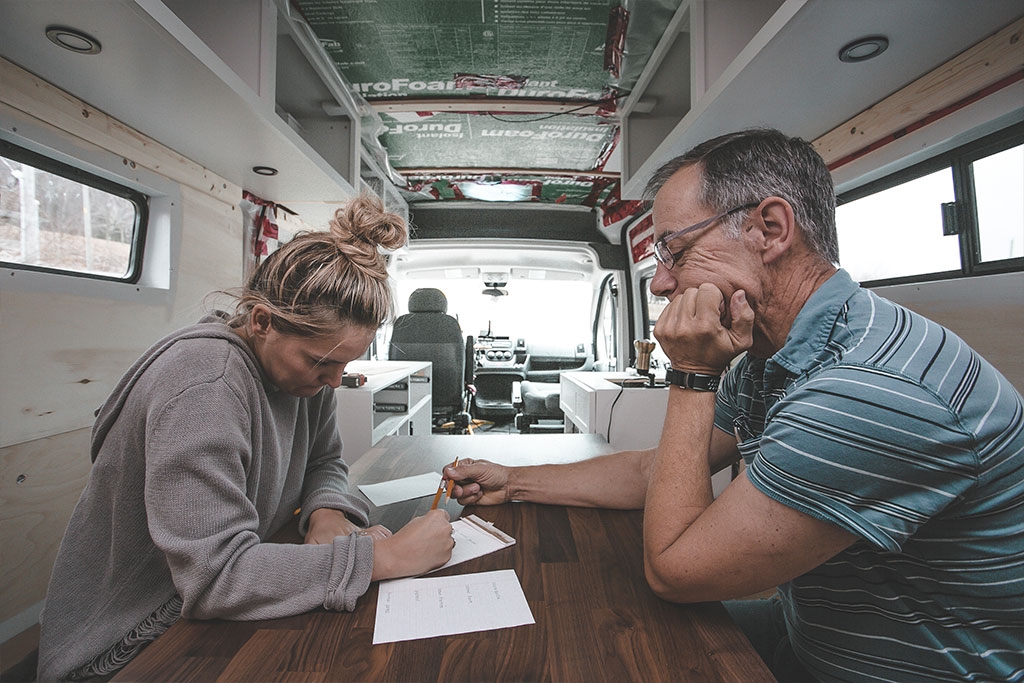
“Just for fun, how much do you think it’s going to cost?” my dad asked over his toast. When he starts like that, I sure as hell know where he’s headed. Clearly, he’d spent hours doing a cost estimate of the project. “I don’t know, $8,000?” I guessed. He choked on his coffee and laughed a little. “If I count how much wood you need, the electrical system, piping, paint, finishing, accessories, and everything else, I’m already up to $18,000 and that doesn’t include a rack for the roof.”
My turn to choke on my coffee. “$18,000! Isn’t there a way to do it cheaper?” But I quickly understood that that WAS the cheap version. So much for the trips around the world that that money could have been used for.
Our dads thought we were funny and a tad utopian. The idea of building the van to live minimally had to be fine-tuned. The project required means and significant resources. Obviously, we could have settled for the wet-mattress-in-the-Laurentians version, but we were looking for a minimum level of comfort.

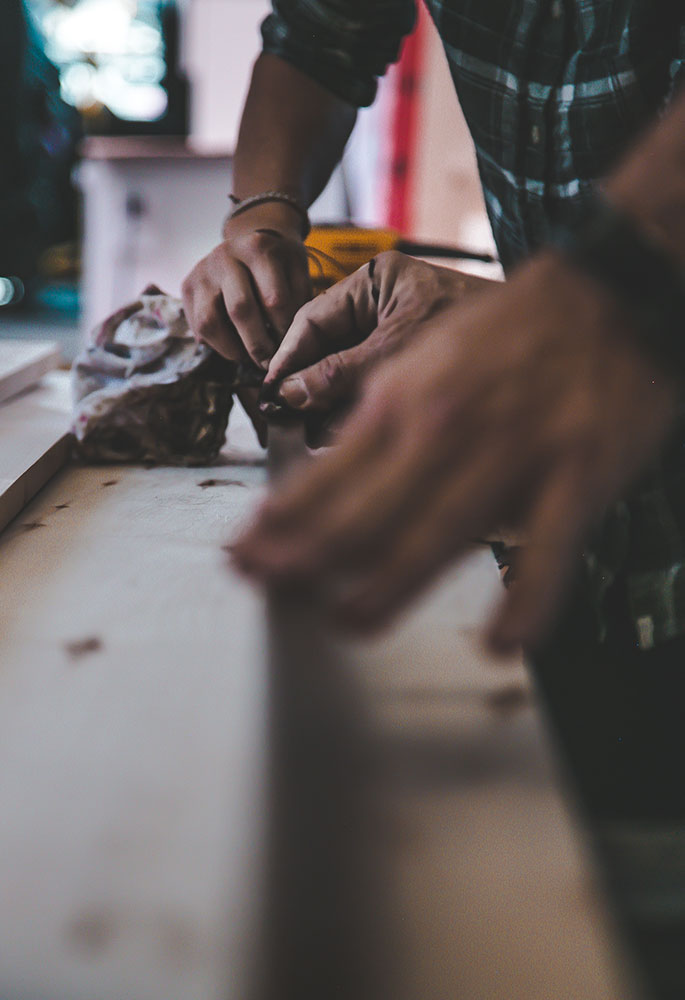
One Sunday night on the patio we received our second wake-up call, this time courtesy of Marie’s dad: “What are you going to do with it in the winter?” “Well, we were thinking of parking it here for now,” I answered quite simply. “So the whole eco-responsible-minimalism thing isn’t really a major selling point then, is it?”
And that’s when I caught on to what our “project management team” was getting at. On its own our plan passed the test: using certified wood, hemp for insulation, solar power as the main source of electricity, recycled paint and vinyl, minimal use of water, etc. But if we lived inside the van only during the summer and spent the winter in our condo, we would be dangerously close to consuming the average amount of energy of any couple with an RV parked in the driveway.
On top of everything, it’s a vehicle, a utility vehicle, sure, but a vehicle all the same. It burns twice as much fuel per 100 km as a Honda Fit, and eats up on average more kilometres per year but with the same lifespan (maybe even shorter) as a normal vehicle. In the scrapyard, it’s basically like having a little house you’d have to throw out in a few years. , And though the van has good resale potential, it’s customer base is very specific and limited.
Basically, as father put it: “As long as you don’t live in it full time, it’s not a very green plan.”
Over the course of three months, we’d filled our lungs full of sawdust and had spent our weekends in the garage, but what was once a pile of wood from Rona had become the most beautiful van we’d ever seen. Literally.
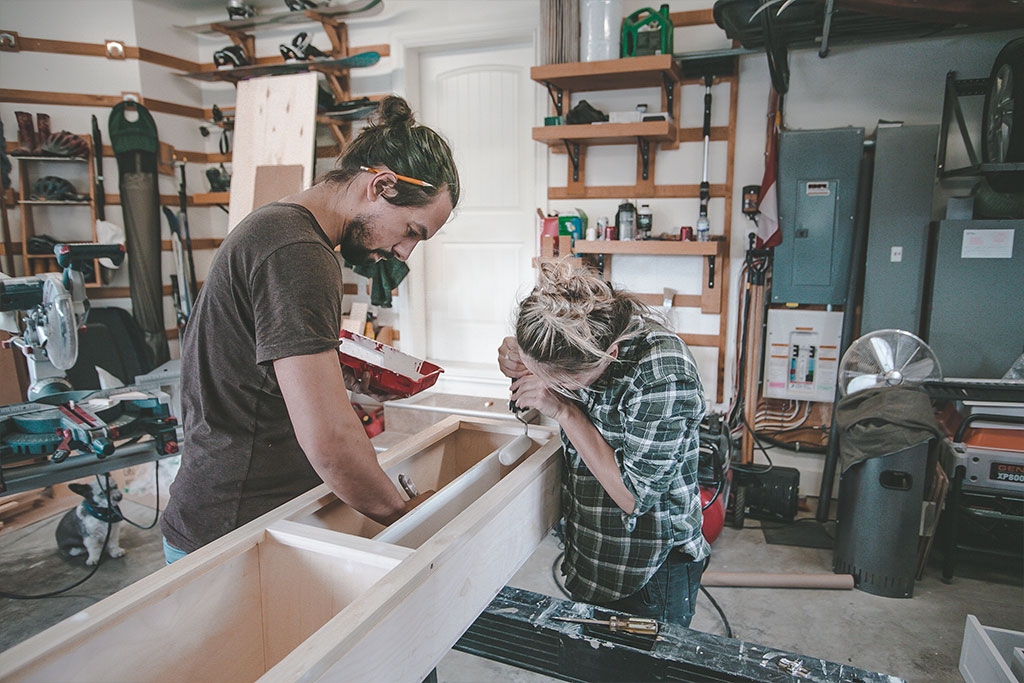

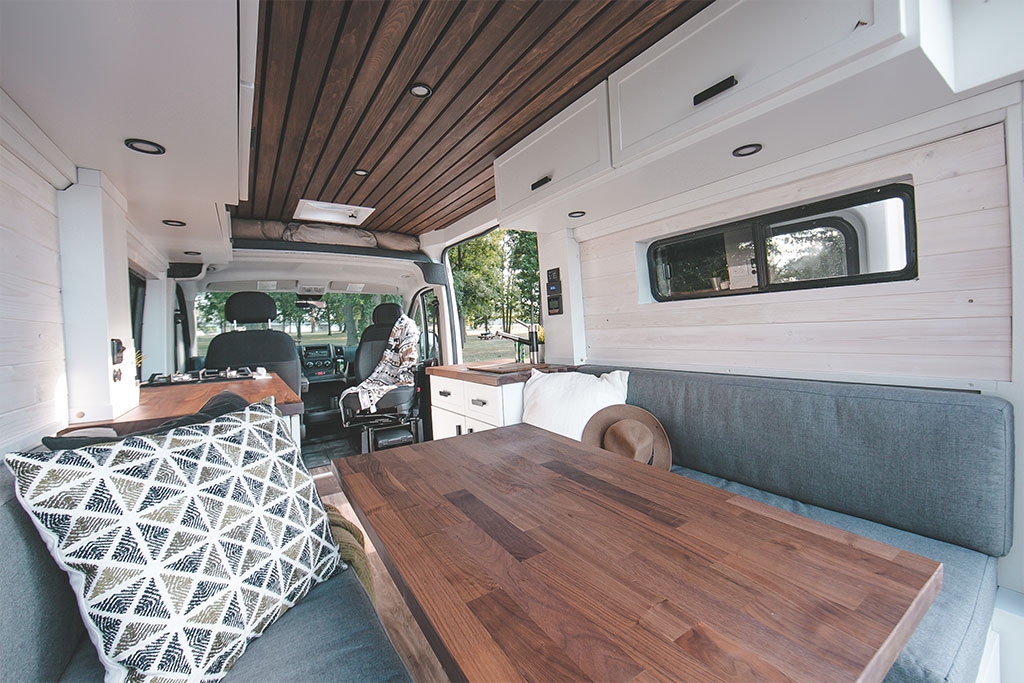
Gasoline and Peanut Butter
Walmart parking lot, Joliette, June 2018: our first “real” outing with our completed van. It was raining buckets. It was humid and cold. Lying under our blankets, staring at the pine-paneled ceiling, we told ourselves we finally had our house on wheels. It was Christmas times one million. The last time I’d felt that way, I had been five years old and I had been building pillow forts in the living room. I had the distinct impression that everything was possible, that we could go wherever we wanted, do whatever we wanted. “Are you up for going all the way to Panama? Why not Patagonia?”
That night, we named our van Vanessa.
The smell of gasoline and peanut butter reminds me of my childhood days in an old 1985 Ford Corsair. Every time we “sleep in the van,” I make toast while I wait for the missus to wake up. We might be stationed in a cruddy Walmart parking lot, or camped on the beach in Havre-Saint-Pierre, with whales in the distance spraying water out of their blowholes. Right now, we’re with Vanessa part-time: we work, sleep, and travel mainly in Quebec, Ontario, and the East Coast of the United States. We’re getting used to staying close to convenience stores, in case one of us gets traveller’s diarrhea (yes, it’s happened). Meanwhile, we’re getting ready for our big 2020 trip to Alaska.
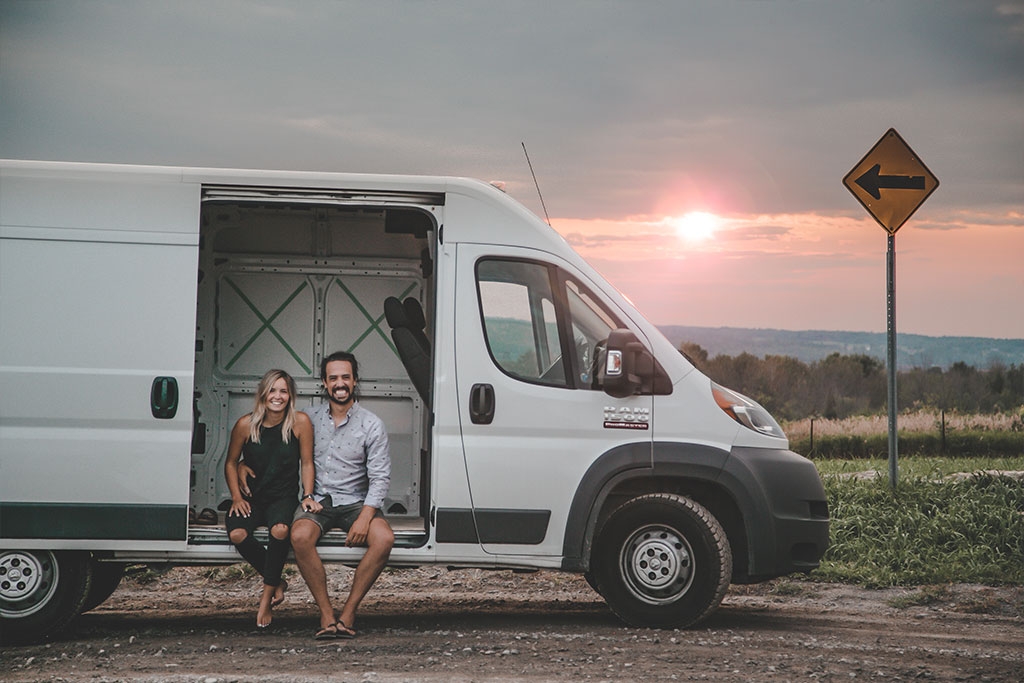
Beyond the likes and 14,500 people following the project on Instagram, the last few months have taught us that vanlife isn’t as cheap and simple and it looks, even if it makes great photos. Calculating how much water you have left to see if you can wash that night (or the next day) making sure you have enough propane to cook for five more days, repairing the “struggling” electrical system, losing food because the fridge “turned off without us realizing,” peeing in a bottle of Gatorade at night because it’s -2˚C outside, and sleeping on Highway 138 with a bunch of truckers doesn’t score very high on social media. Yet, that’s the real vanlife we’re living.
We’re about as far from the millennial dream as you can imagine.
Do we find it discouraging? Not really. We never expected to live on the road without running into snags. We’re pretty convinced the worst parts are going to make the best stories. And the second part of the hashtag is just as important, if not more, than the first.
______________________




